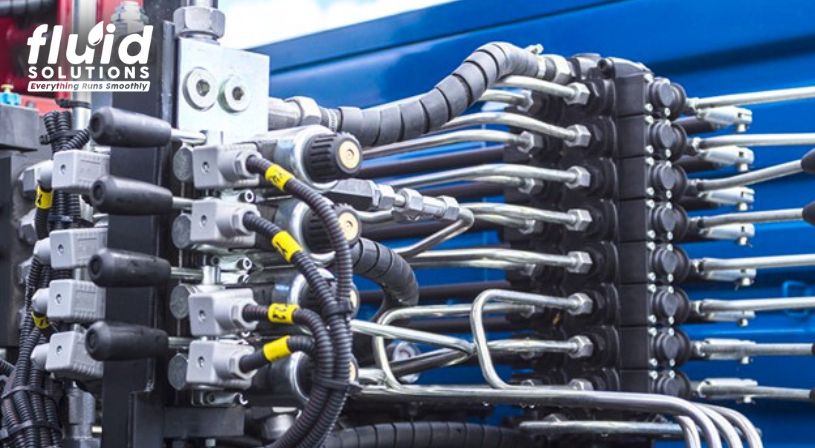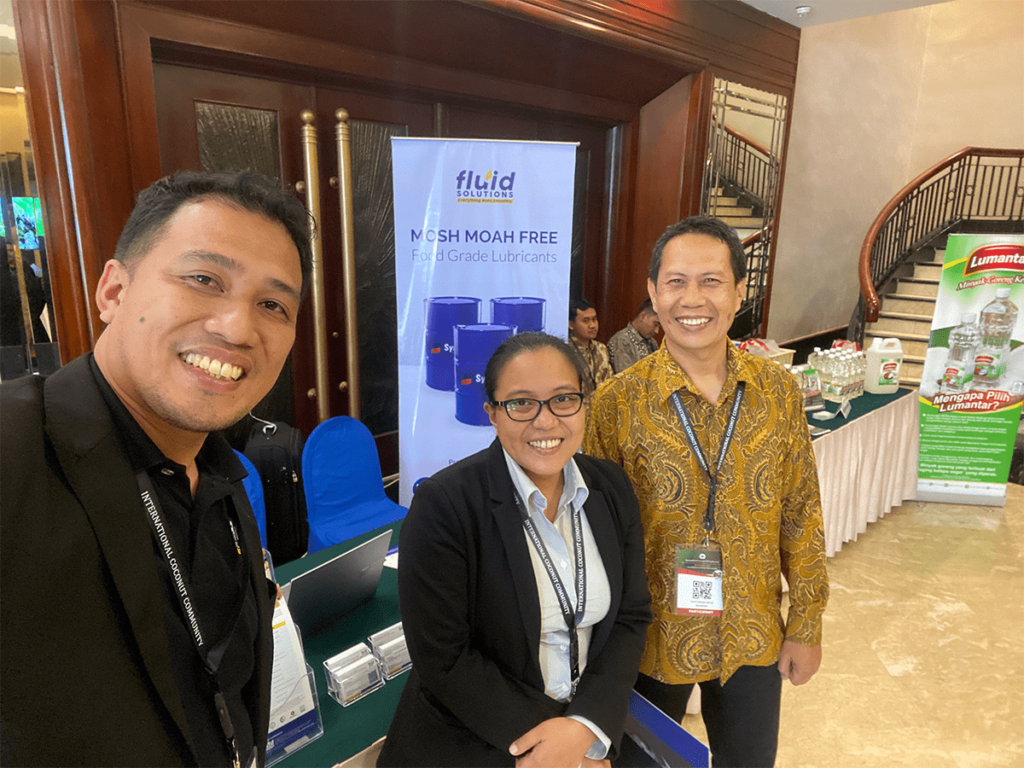
Hydraulic systems have mechanical components that often heat up during operation. While some elevated temperatures are normal and even required to achieve optimal fluid performance, extreme temperatures may lead to significant damage. On average, oil temperatures above 180ºF (82ºC) can damage most seal compounds and accelerate the degradation of oil.
Why maintain hydraulic systems at optimal temperatures?
When these systems overheat, they lead to many problems, such as:
- High temperatures can result in sludge formation, contaminating the hydraulic fluid, thus reducing its system efficiency.
- Elevated temperatures can increase in viscosity and deterioration of the lubricating properties of hydraulic fluid, increasing the risk of leaks and component wear.
- When the hydraulic fluid temperature reaches extreme levels, it hardens hoses and seals, which can lead to leaks, shorter longevity of critical components, and potential system failures.
Why is your hydraulic system or gearbox running too hot?
Incorrect fluid viscosity
Each hydraulic system operates with a specific viscosity range, influenced by factors such as temperature and system design. When the viscosity is too high, it can increase friction between moving parts, resulting in excessive heat generation.
Excessive load
Operating hydraulic systems under excessive load increases the risk of overheating. When systems carry loads beyond their designed capacity, they work harder to perform, generating more heat as a byproduct of inefficiencies. This often results from operating machinery beyond its rated capacity or failing to account for additional resistance in hydraulic lines.
Inadequate cooling systems
Inadequate cooling from blocked radiators, insufficient hydraulic oil cooler levels, or malfunctioning heat exchangers result in an overheating gearbox and hydraulic system. For instance, an obstructed or dirty heat exchanger cannot effectively transfer heat away from the hydraulic fluid, overheating hydraulic pumps and motors.
Fluid contamination
Contaminants can increase fluid viscosity, reduce lubrication effectiveness, and lead to sludge formation, obstructing fluid flow and heat dissipation. Common contaminants include dirt, water, and metal particles, which can enter the system through leaks, improper sealing, or during maintenance procedures. These contaminants can accelerate wear on components and increase operating temperatures.
System design and maintenance issues
Poor system design can lead to overheating by creating inefficiencies in fluid flow or inadequate heat dissipation. Often, these are systems that do not account for the thermal load generated during operation and may lack sufficient cooling capacity. This is why regular maintenance and inspections are vital to check fluid levels, ensure proper fluid viscosity, and inspect cooling systems and filters. Neglecting these maintenance tasks can lead to increased risks of overheating and system failure.
Hydraulic System Overheating: Solutions and Preventive Measures
Regular inspections
Scheduled maintenance helps keep hydraulic systems running smoothly. Regular inspections help identify potential problems and ensure the system operates efficiently and safely. Here are some of the key areas to check during the inspection:
- Fluid Levels: Ensure that hydraulic fluid levels are adequate to prevent overheating and maintain pressure.
- Filters: Regularly check and clean filters to prevent contamination and ensure proper fluid flow.
- Hoses and Seals: Inspect hoses for cracks, bulges, or other signs of wear, and check seals for leaks to maintain system integrity.
- Cooling Systems: Examine radiators and heat exchangers for blockages or dirt that could impede cooling efficiency.
- Pressure Levels: Use pressure gauges to monitor system pressure and identify any abnormalities that could indicate potential overheating issues.
Upgrading cooling systems
Upgrading existing cooling systems can improve heat dissipation capabilities. Moreover, advanced cooling technologies, such as electronic cooling systems or improved heat exchanger designs, can provide more efficient temperature control. The options include the following:
- Installing larger heat exchangers to increase the surface area for heat exchange and improve cooling efficiency
- Adding auxiliary coolers for additional cooling capacity, especially in high-load applications
- Implementing fan-assisted cooling to enhance airflow over the cooling components, improving heat dissipation
Using high-quality fluids
High-quality hydraulic fluids are essential to maintain system efficiency and prevent overheating. High-quality fluids provide better lubrication, resist thermal breakdown, and have optimal viscosity characteristics for varying temperatures. Use the right fluid by following these steps:
- Consult manufacturer specifications: Always refer to the equipment manufacturer’s recommendations for fluid type and viscosity.
- Consider environmental conditions: Choose fluids that are suitable for the operating environment, including temperature extremes and potential contaminants.
- Look for additives: Select fluids with additives that enhance thermal stability and reduce wear, which can help maintain performance under high temperatures.
Monitoring system loads
Effective load management is critical to preventing overheating. Here are some strategies:
- Assess load conditions regularly: Monitor the loads applied to the hydraulic system to ensure they remain within design specifications.
- Implement load monitoring systems: Use load cells or pressure sensors to track real-time loads and adjust operations accordingly.
Keep Your Systems Running Smoothly with Fluid Solutions
Fluid Solutions is the leading hydraulic oil supplier in the Philippines that provides comprehensive solutions to prevent overheating in your hydraulic systems and gearboxes, ensuring optimal performance and longevity.
Fluid Solutions offers a wide range of hydraulic oils, and our experts can help you find the right products for your system’s longevity and compliance with industry standards.
For inquiries, please reach us at (02) 8370 5928 / (0917) 894 9156 or email inquiry@fluidsolutions.com.ph. Connect with us online or on social media for the latest updates and tips.
Social Media Links:
Facebook Page: https://www.facebook.com/fluidsolutionsinc
LinkedIn: https://www.linkedin.com/company/fluid-solutions-inc


